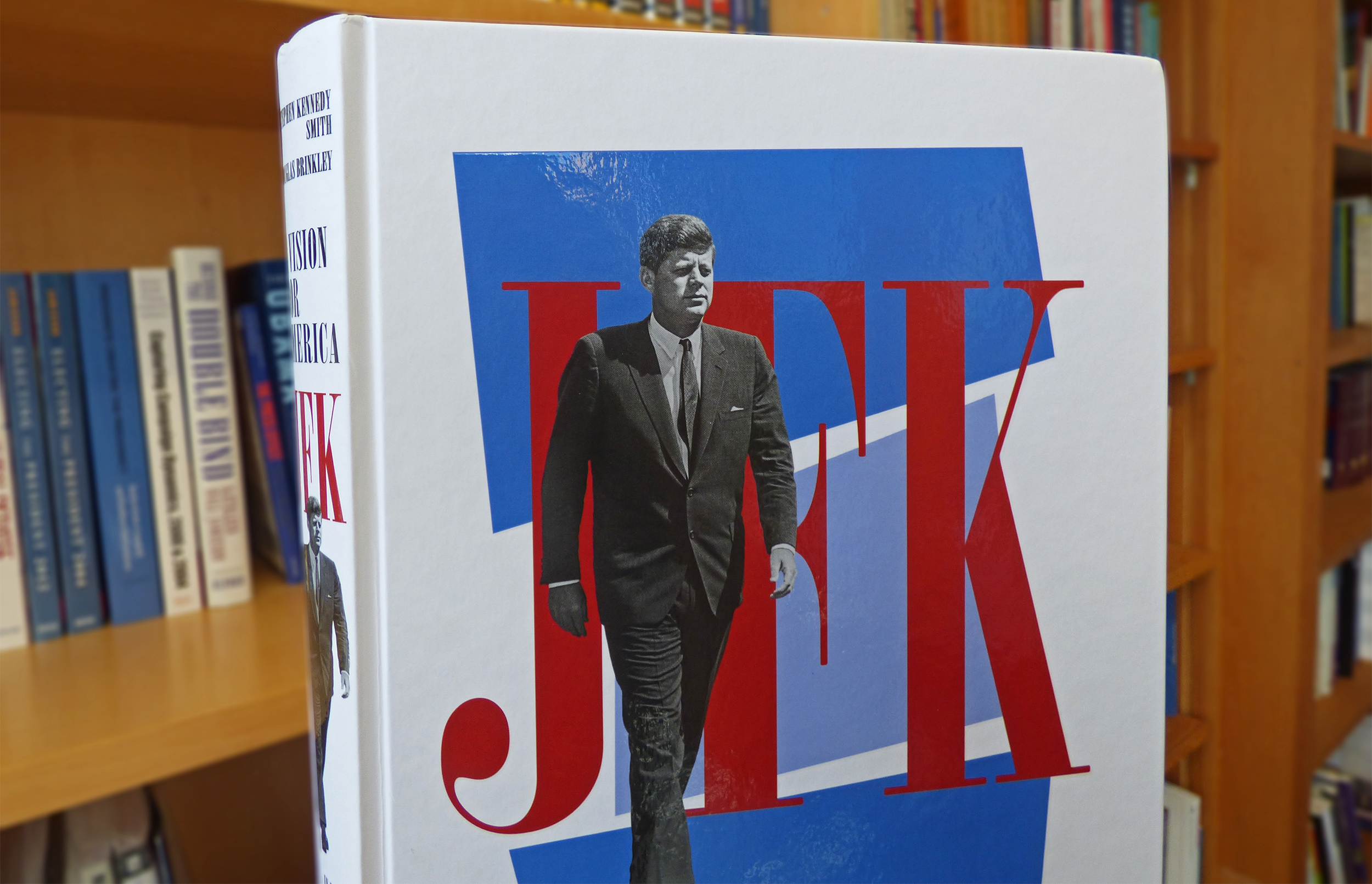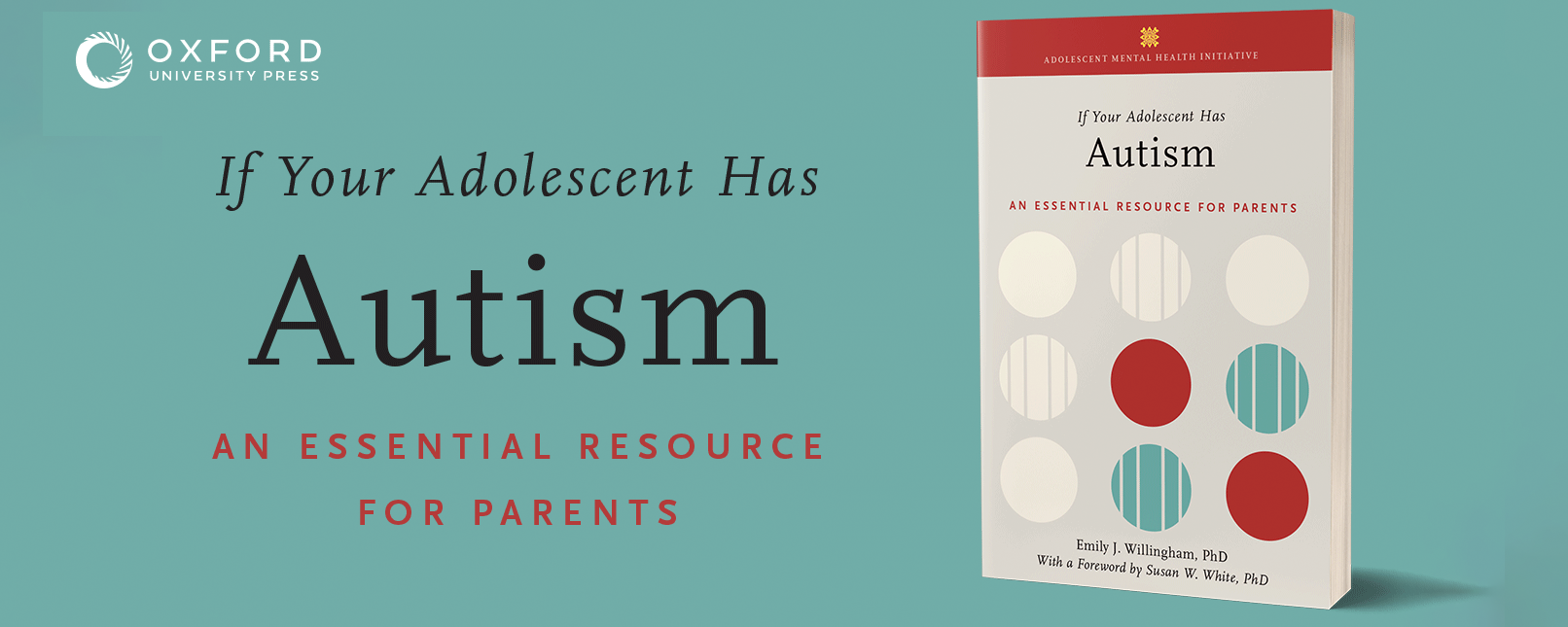In the new book “JFK: A Vision for America,” published to commemorate the centennial of John F. Kennedy’s birth, Kathleen Hall Jamieson discusses how Kennedy used the live press conference to articulate policy and govern.

In her essay “JFK and the Press,” Jamieson writes that Kennedy “transformed this genre [the press conference] into a televisual channel of influence and accountability. To the relatively new medium of television, Kennedy introduced the live, unedited press conference and brought a wide rhetorical range that included a capacity to meld humor with policy detail.”
Starting on January 25, 1961, Kennedy held a total of 64 live televised news conferences. Jamieson observes, “No other president has used the press conference as reliably as a tool of governance as JFK; the reasons for this are many and varied… Kennedy’s talents were suited to the moment in time when more than 85 percent of the households in the United States had access to television, newspapers were still a dominant medium, broadcast evening news was fifteen minutes long, and prime-time programming was free of irony and full of plot-resolving happy endings.”
Jamieson, director of the Annenberg Public Policy Center, is a scholar of presidential and political communication, and has written 15 books, including “Packaging the Presidency,” “Eloquence in an Electronic Age,” “Spiral of Cynicism,” “Presidents Creating the Presidency,” and “The Obama Victory.”
A compendium of speeches, “JFK: A Vision for America,” published by Harper, was edited by Stephen Kennedy Smith and Douglas Brinkley. It has contributions from scholars, political leaders, celebrities and writers including Henry Kissinger, John Kerry, Drew Gilpin Faust, Václav Havel, the Dalai Lama, Robert Dallek, Joseph J. Ellis, Gloria Steinem and Robert Redford.


